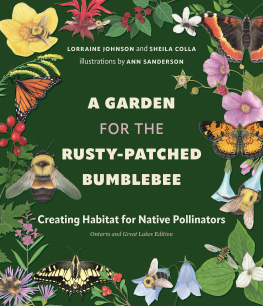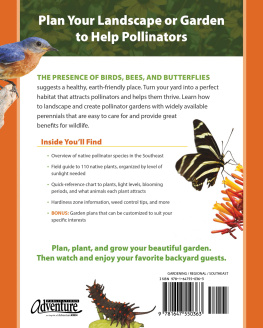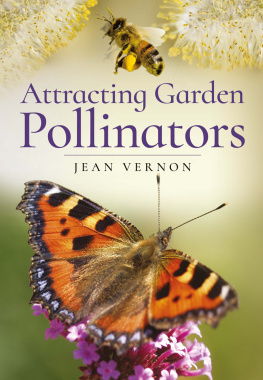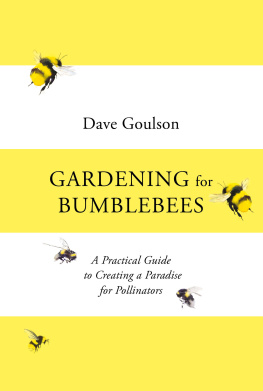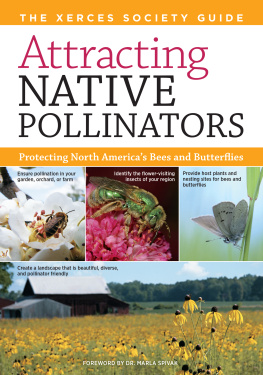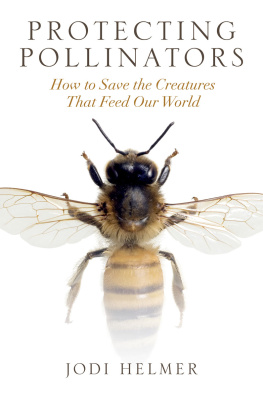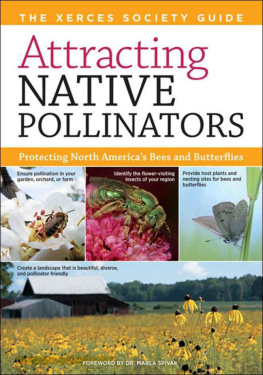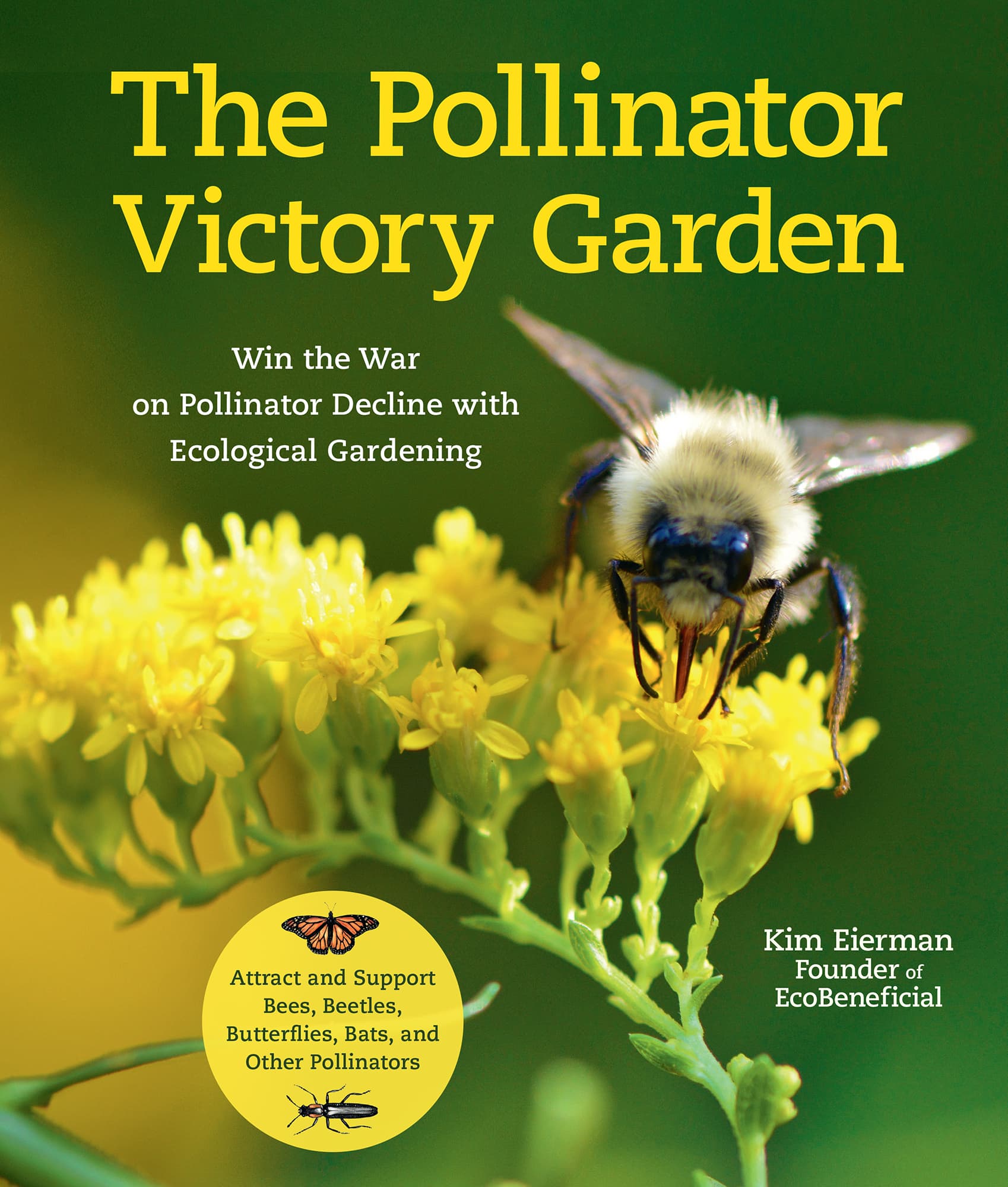Kim Eierman - The Pollinator Victory Garden: Win the War on Pollinator Decline with Ecological Gardening; Attract and Support Bees, Beetles, Butterflies, Bats, and Other Pollinators
Here you can read online Kim Eierman - The Pollinator Victory Garden: Win the War on Pollinator Decline with Ecological Gardening; Attract and Support Bees, Beetles, Butterflies, Bats, and Other Pollinators full text of the book (entire story) in english for free. Download pdf and epub, get meaning, cover and reviews about this ebook. year: 2020, publisher: Quarry Books, genre: Children. Description of the work, (preface) as well as reviews are available. Best literature library LitArk.com created for fans of good reading and offers a wide selection of genres:
Romance novel
Science fiction
Adventure
Detective
Science
History
Home and family
Prose
Art
Politics
Computer
Non-fiction
Religion
Business
Children
Humor
Choose a favorite category and find really read worthwhile books. Enjoy immersion in the world of imagination, feel the emotions of the characters or learn something new for yourself, make an fascinating discovery.

- Book:The Pollinator Victory Garden: Win the War on Pollinator Decline with Ecological Gardening; Attract and Support Bees, Beetles, Butterflies, Bats, and Other Pollinators
- Author:
- Publisher:Quarry Books
- Genre:
- Year:2020
- Rating:5 / 5
- Favourites:Add to favourites
- Your mark:
The Pollinator Victory Garden: Win the War on Pollinator Decline with Ecological Gardening; Attract and Support Bees, Beetles, Butterflies, Bats, and Other Pollinators: summary, description and annotation
We offer to read an annotation, description, summary or preface (depends on what the author of the book "The Pollinator Victory Garden: Win the War on Pollinator Decline with Ecological Gardening; Attract and Support Bees, Beetles, Butterflies, Bats, and Other Pollinators" wrote himself). If you haven't found the necessary information about the book — write in the comments, we will try to find it.
The passion and urgency that inspired WWI and WWII Victory Gardens is needed today to meet another threat to our food supply and our environmentthe steep decline of pollinators. The Pollinator Victory Garden offers practical solutions for winning the war against the demise of these essential animals.
Pollinators are critical to our food supply and responsible for the pollination of the vast majority of all flowering plants on our planet. Pollinators include not just bees, but many different types of animals, including insects and mammals. Beetles, bats, birds, butterflies, moths, flies, and wasps can be pollinators.
But, many pollinators are in trouble, and the reality is that most of our landscapes have little to offer them. Our residential and commercial landscapes are filled with vast green pollinator deserts, better known as lawns. These monotonous green expanses are ecological wastelands for bees and other pollinators.
With The Pollinator Victory Garden, you can give pollinators a fighting chance. Learn how to transition your landscape into a pollinator haven by creating a habitat that includes pollinator nutrition, larval host plants for butterflies and moths, and areas for egg laying, nesting, sheltering, overwintering, resting, and warming. Find a wealth of information to support pollinators while improving the environment around you:
The importance of pollinators and the specific threats to their survival
How to provide food for pollinators using native perennials, trees, and shrubs that bloom in succession
Detailed profiles of the major pollinator types and how to attract and support each one
Tips for creating and growing a Pollinator Victory Garden, including site assessment, planning, and planting goals
Project ideas like pollinator islands, enriched landscape edges, revamped foundation plantings, meadowscapes, and other pollinator-friendly lawn alternatives
The time is right for a new gardening movement. Every yard, community garden, rooftop, porch, patio, commercial, and municipal landscape can help to win the war against pollinator decline with The Pollinator Victory Garden.
Kim Eierman: author's other books
Who wrote The Pollinator Victory Garden: Win the War on Pollinator Decline with Ecological Gardening; Attract and Support Bees, Beetles, Butterflies, Bats, and Other Pollinators? Find out the surname, the name of the author of the book and a list of all author's works by series.

